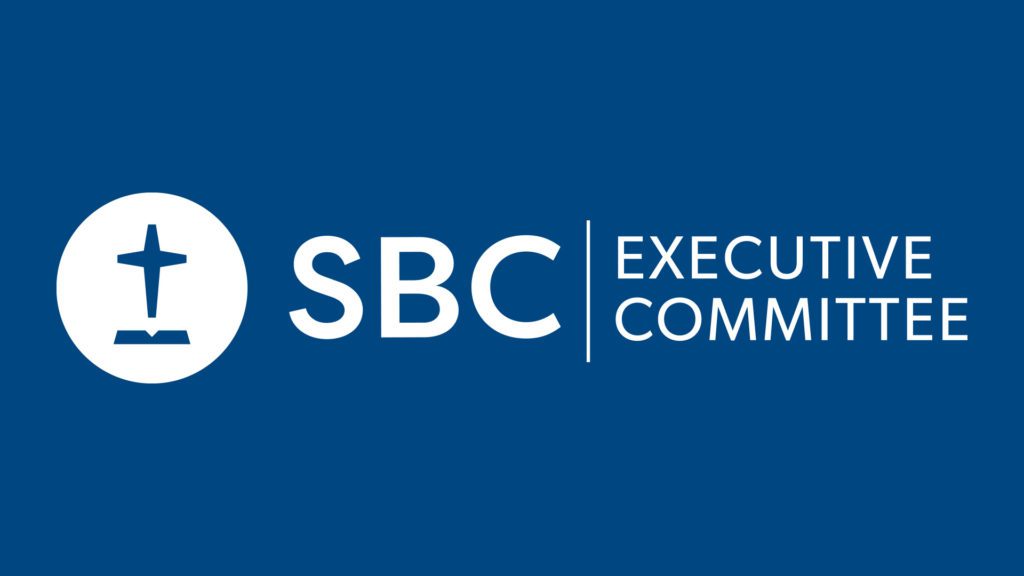
When COVID-19 slammed North America in March 2020, the six SBC seminaries took immediate and drastic action. They suspended in-person classes, emptied residence halls, and told employees to work from home.
Three years later, the campuses are bustling with students once again and life appears back to normal on the surface. But beneath the surface, pandemic-driven changes persist.
“Prior to COVID, two-thirds of our instruction was in person and one-third was through distance learning,” said Jeff Iorg, president of Gateway Seminary in Ontario, Calif. “After COVID—and because of high commute costs and inflationary pressures—we now have two-thirds by distance learning and one-third in person.”
Gateway’s five sister seminaries tell a similar story. Increased online course offerings and a modest enrollment bubble that has now burst are among the lingering effects of COVID. Yet thanks to the Cooperative Program (CP), SBC seminaries were prepared for the crisis and felt its effects less than other North American theological schools.
Participation in online courses continued to swell—even after it was safe to return to a physical classroom. At The Southern Baptist Theological Seminary in Louisville, Kentucky, the pandemic accelerated the development of new online degrees. Among them is a fully online master of divinity in biblical counseling, which already was in the works before COVID hit.
Southeastern Baptist Theological Seminary students also embraced distance education increasingly. Southeastern president Danny Akin said he has met dozens of students at graduation who say it is their first time on the seminary’s Wake Forest, North Carolina, campus.
The pandemic “did not help us in trying to continue having a strong on-campus presence,” Akin said. COVID-era classes were “all done by distance learning and people realized, ‘I can do this. Why should I pick up and move?’”
SBC seminary enrollment peaked during the first full academic year of the pandemic. In the 2020-21 school year, the six seminaries reported a cumulative full-time equivalent (FTE) enrollment of 7,887 graduate students, according to data tables from the Association of Theological Schools (ATS), an organization of North American graduate schools of theology. That figure decreased by 6.5 percent in 2021-22 as life returned to normal.
“People had discretionary time, and they were able to take classes or take more classes and graduate sooner,” Akin said. Then “we had a drop-off.”
The trends at SBC seminaries mirrored trends across North American theological schools in general. Online education has exploded. In 2017, 52 percent of ATS schools were approved to offer comprehensive distance education. That number has increased to 86 percent today.
General enrollment trends also track with the experience of SBC seminaries. During COVID, ATS member schools “experienced short-term, 1-2 year bubbles of enrollment growth,” ATS executive director Frank Yamada said. But “enrollments reverted back to previous trends” beginning in the 2021-22 academic year.
Historically, enrollment at theological graduate schools has been declining. Between 2011 and the pandemic, 55 percent of ATS schools had declining enrollment. That changed during COVID as 55 percent reported stable or increasing enrollment. Today, however, ATS is back to an enrollment decline at 57 percent of its member schools, Yamada reported.
The trend was less pronounced at SBC seminaries. While the six seminaries cumulatively experienced an enrollment bubble and subsequent decrease, four of them increased their graduate enrollment from 2020-21 to 2021-22 (Gateway, Midwestern Baptist Theological Seminary, New Orleans Baptist Theological Seminary and Southern).
The overall decline “was not a precipitous or alarming decline,” Iorg said. “It’s just the residual effect of COVID.”
When it comes to distance education, SBC seminaries already were ahead of their peers before COVID. All six seminaries were approved to offer comprehensive distance education prior to the pandemic. In March 2020, they only had to utilize their online capacities, not acquire new ones.
Theological education observers may wonder how SBC schools managed such stability amid global turmoil. Seminary leaders respond with two letters: CP.
SBC seminaries are “a bit of an outlier” from other ATS schools because of “the Cooperative Program and the denomination that gets behind what we’re trying to do,” said Southern Seminary provost Paul Akin.
“Southern Baptist laypeople, pastors and church leaders believe in the value and the priority of theological education,” he said. The SBC “has set aside designated resources to fund these things we believe in.”
Even at SBC seminaries that received federal government assistance through the Paycheck Protection Program during the pandemic, the end of those funds didn’t mean financial need. Gateway and Southeastern were among SBC entities that accepted federal funds. Southern opted not to.
“We honored what the government asked, but we tried to do it in a way that did not massively impact our operating budget,” Danny Akin said, adding that Southeastern has increased its budget since the pandemic ended.
Short-term government assistance benefited many ATS schools during the pandemic, Yamada said, and “acted as a buffer from financial headwinds.”
Iorg agreed that despite their commonalities with other theological schools, by and large SBC seminaries are an outlier in their resilience from the pandemic.
“SBC seminaries are very closely connected to our denomination of churches,” he said. “Whether times are good or times are bad, the churches still want trained leaders. They’re still sending us people to be trained, and they’re still willing to fund those people to come for training.”
Iorg’s bottom line: “I don’t think [COVID] is a long-term negative that’s going to threaten the viability of our schools.”
(EDITOR’S NOTE – David Roach is a writer in Mobile, Alabama.)


